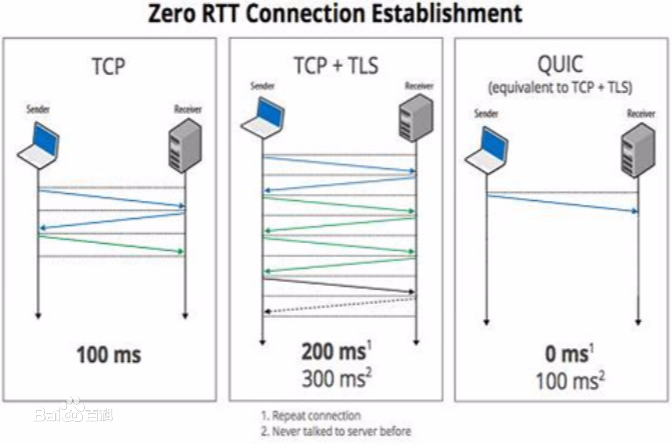QUIC is a new protocol standardized in 2021 designed to improve on the widely used TCP / TLS stack. The main goal is to speed up web traffic via HTTP, but it is also used in other areas like tunneling. Based on UDP it offers features like reliable in-order delivery, flow and congestion control, streambased multiplexing, and always-on encryption using TLS 1.3. Other than with TCP, QUIC implements all these features in user space, only requiring kernel interaction for UDP. While running in user space provides more flexibility, it profits less from efficiency and optimization within the kernel. Multiple implementations exist, differing in programming language, architecture, and design choices. This paper presents an extension to the QUIC Interop Runner, a framework for testing interoperability of QUIC implementations. Our contribution enables reproducible QUIC benchmarks on dedicated hardware. We provide baseline results on 10G links, including multiple implementations, evaluate how OS features like buffer sizes and NIC offloading impact QUIC performance, and show which data rates can be achieved with QUIC compared to TCP. Our results show that QUIC performance varies widely between client and server implementations from 90 Mbit/s to 4900 Mbit/s. We show that the OS generally sets the default buffer size too small, which should be increased by at least an order of magnitude based on our findings. Furthermore, QUIC benefits less from NIC offloading and AES NI hardware acceleration while both features improve the goodput of TCP to around 8000 Mbit/s. Our framework can be applied to evaluate the effects of future improvements to the protocol or the OS.
翻译:暂无翻译




